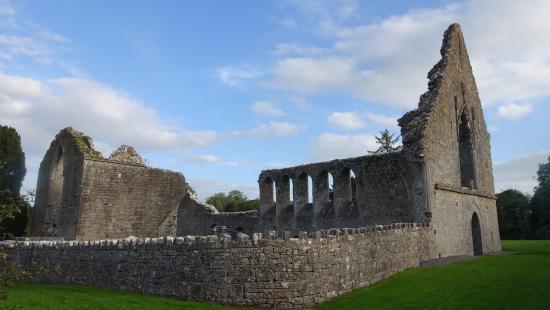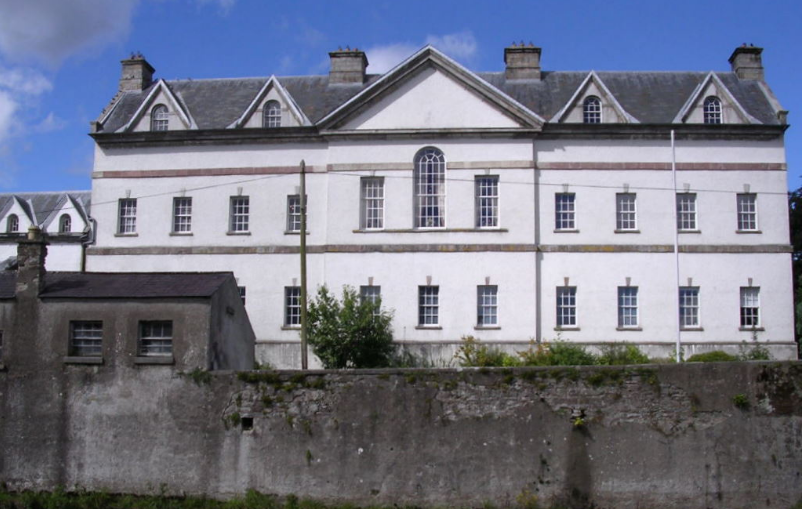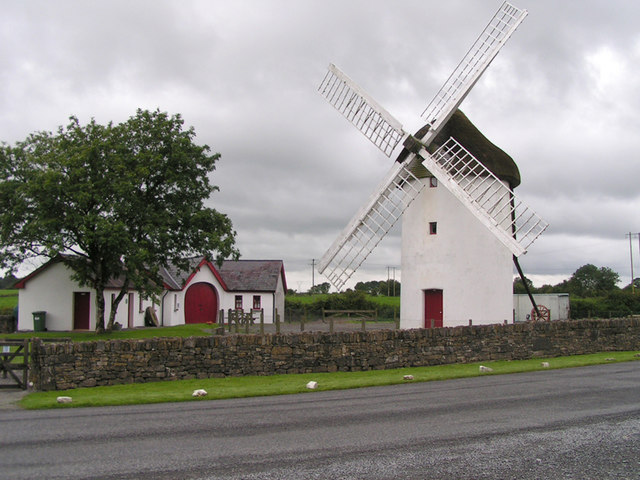Arigna Mining Experience

Experience what coal mining was like from the 1700s until the mines closed in 1990 with the Arigna Mining Experience.
Over the centuries, coal mining provided much needed work in a region of poor agricultural land, particularly helping the Arigna community through the horrors of the famine years between 1845 and 1852.
The development was created after the mines closed, largely thanks to the local community who raised €250,00 towards the project, which opened in April 2003.
Strokestown Park House and Famine Museum
Strokestown Park House is a restored 18th century mansion which retains its original furnishings and offers guided tours through the stately surroundings. The four-acre walled garden has also been restored. The house is built on the site of the 16th-century castle home of the O Conor-Roe Gaelic Chieftains.
At the end of the war in 1641, the spoils of war were divided among the English and Scots. However, at the Restoration, the family of O'Conor Don regained part of its property on the western side of the county, and has ever since kept possession of it, the only family in Country Roscommon which has possessions it had held prior to the arrival of the English.
The Famine Museum

An archive of original documents came to light during the restoration of Strokestown Park House, from the time of the landlord Major Denis Mahon, who was assassinated in November 1847 at the height of the Great Famine of Ireland. This led to the founding of the National Famine Museum, established at Strokestown Park in 1994.
The museum uses original documents and images from the Strokestown Park collection to explain the circumstances of the Great Irish Famine of the 1840s, including actual letters written by the tenants on the Strokestown Estate at the time.
Elphin Windmill

The Elphin windmill was built in the 1730s to harness the winds sweeping the plains of Boyle. A ruin by 1837, the windmill was renovated and reopened to the public in 1996, the only fully restored windmill in the west of Ireland. It has a thatched revolving roof and sails that are turned into the wind using cartwheels on a circular track.




